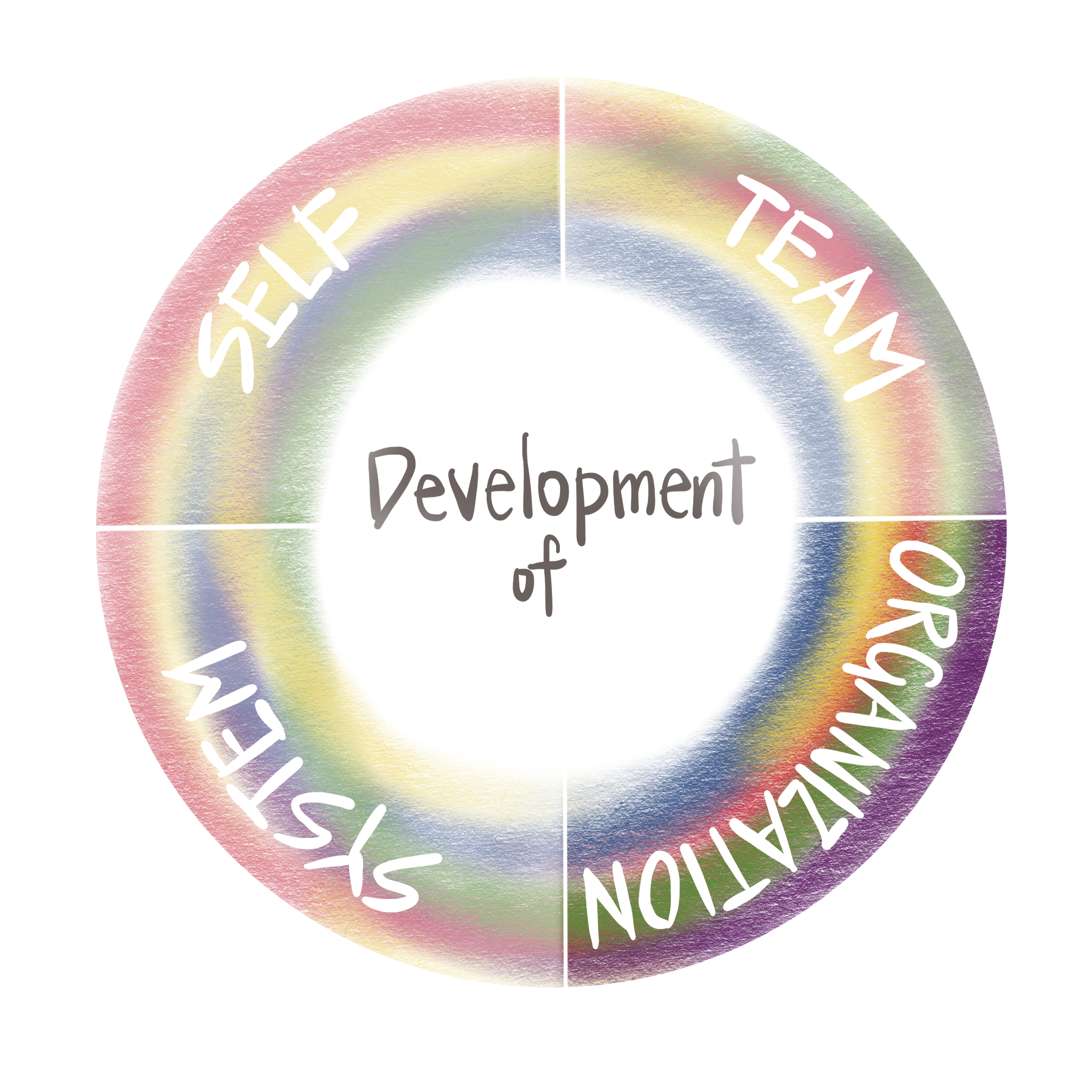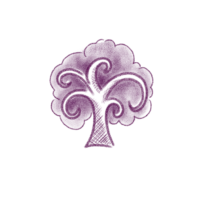
Building Organizational Capacity to Focus on the Whole

Core Challenge: How do we build the capacity to focus on shifting systems, not just improving the parts?
Most organizations today reward people for accomplishing short-term goals that advance the work of their team or organization. But unless groups can see and focus on the needs of the larger system, actions in one part can negatively affect others—and undermine the success of the whole over the long run. A fragmented, short-term mindset can also lead to problems such as conflicting goals, implementation failures, and success in one area that isn’t leveraged by others.
To build an organization’s capacity to focus on the whole, teams need to come together to understand how:
- They unintentionally get in each others’ ways
- Their actions produce side effects that affect other groups—for better or worse
- They can better help each other—and the larger system of which they are a part
All of these capabilities require more than tools—they require a fundamental shift in how people view the scope of their work and in how they collaborate with others across team, business unit, and organizational boundaries.
The parts and the whole
In The Fifth Discipline Fieldbook, editor Art Kleiner describes a system as “a perceived whole whose elements ‘hang together’ because they continually affect each other over time and operate toward a common purpose.” A business is a system, as is a school district, a supply chain, and an ecosystem. Each of these entities is made up of interconnected and interdependent parts that work together to achieve a set of outcomes.
But when a problem crops up, we tend to focus on immediate, local fixes—things we feel we can control. We seldom stop to take into account the impact of these actions on other parts of the system or on the system’s long-term ability to achieve desired goals.
For example, a marketing team chooses to respond to falling product sales by launching a promotion that features a heavy discount. But unless they ensure that there’s sufficient product in inventory and that fulfillment has enough staff to ship orders, the company can actually experience a short-term uptick in sales but a long-term decline. Customers who don’t receive their orders on time may turn to other vendors. Or they may delay placing orders, knowing the company is likely to offer future discounts on the product.
These unintended consequences may result in lower revenue over the long term. And unless people in the company explore the linkages between actions in one area and outcomes in others, they are unlikely to discover the deeper causes of their revenue shortfalls. They may even intervene in ways that make the problem even worse.
The good news: A number of tools and approaches can be useful for seeing the relationship between the part and the whole—and improving decision making, actions, and outcomes.
Three sets of capabilities
Three sets of capabilities, among many others, can be useful for building an organizational capacity to focus on the whole. In this module, explore how to leader yourself and your team to:
No one person or group can see the interconnections within a system—and how an action in one part influences another—on their own. To make a meaningful, lasting impact on a systemic challenge, you need to learn from and work with people from outside your part of the system.
Learn More
When you’re focused on your day-to-day work, it can be hard to remember that you’re part of a larger system or systems. But unless you periodically step back from your tasks and examine how your actions link up with those of other stakeholders, you’re bound to keep perpetuating the status quo.
Learn More
Beginning to see a system as a whole—by building relationships with diverse stakeholders and using systems tools—is an important step. But the insights that emerge from this process of discovery aren’t enough on their own. To make meaningful, lasting shifts, you and your partners need to work together to design and test interventions that benefit the whole.
Learn More

Additional Resources
- Dancing with Systems
- The Thought Leader Interview: David Kantor
- Systems Interventions
- Donella Meadows – Places to intervene in a system
- Acting and Thinking Systemically by David Peter Stroh and Kathleen Zurcher
- Both the Parts and the Whole: Leadership and Systems Thinking by Col. George E. Reed
-
“The big picture doesn’t just come from distance; it also comes from time.”
- Simon Sinek
-
“As any artist or scientist knows, without some protected, even sacred space for mistakes, innovation would cease.”
- Evgeny Morozov
-
“Most practising scientists focus on 'bite-sized' problems that are timely and tractable. The occupational risk is then to lose sight of the big picture.”
- Martin Rees
-
“In order to properly understand the big picture, everyone should fear becoming mentally clouded and obsessed with one small section of truth.”
- Xun Kuang
-
“You have to take risks. We will only understand the miracle of life fully when we allow the unexpected to happen.”
- Paulo Coelho
-
“The ground beneath you is shifting, and either you get sucked in by holding on to old ways, or you take a giant step forward by taking some risks and seeing what happens.”
- Bonnie Hammer